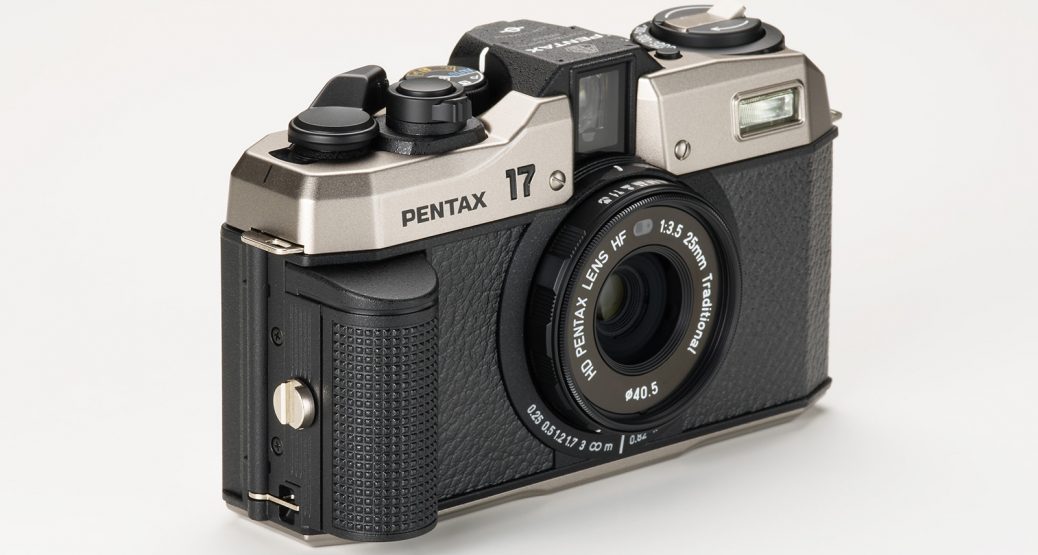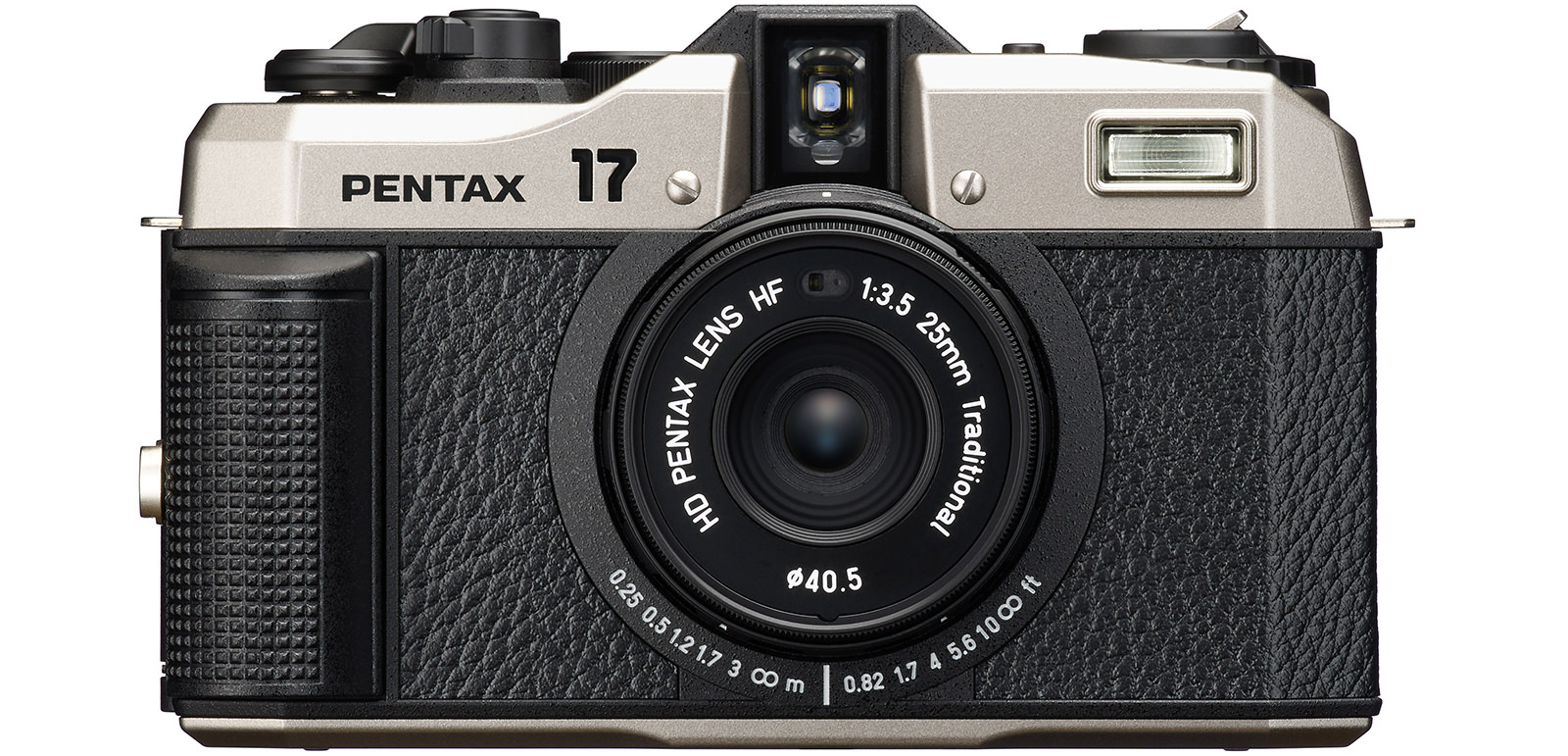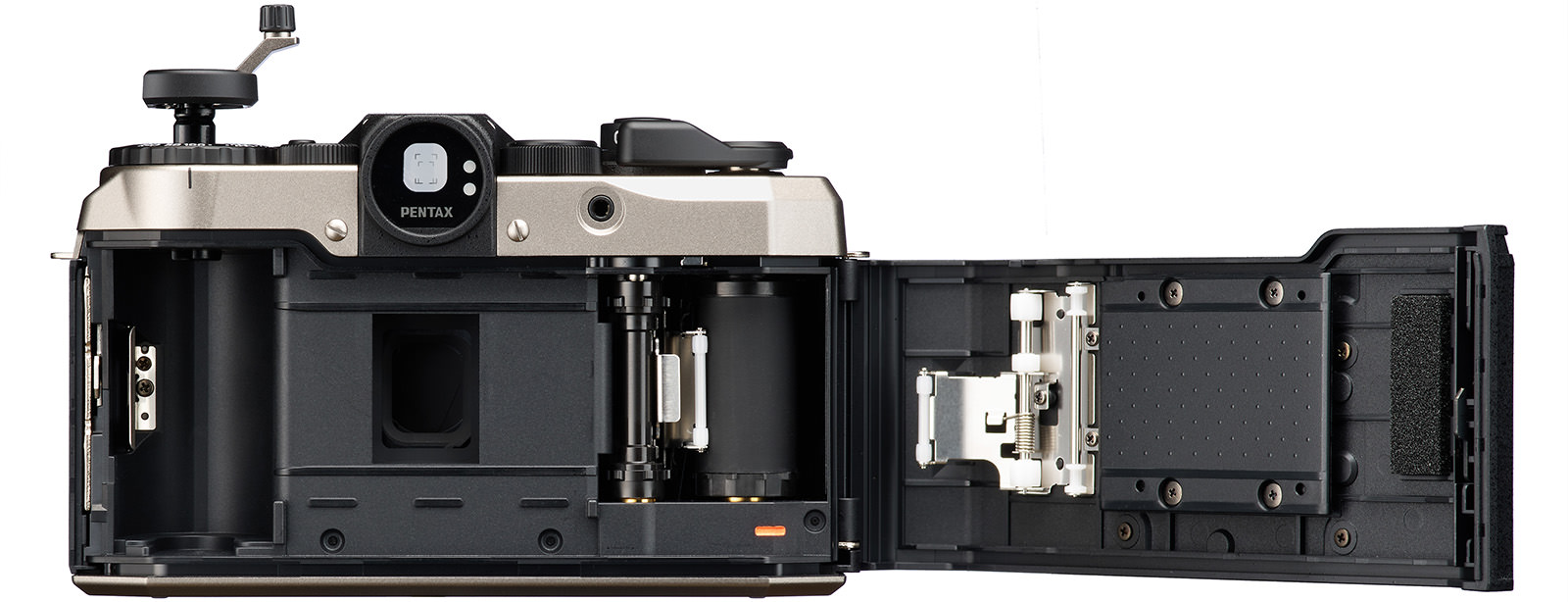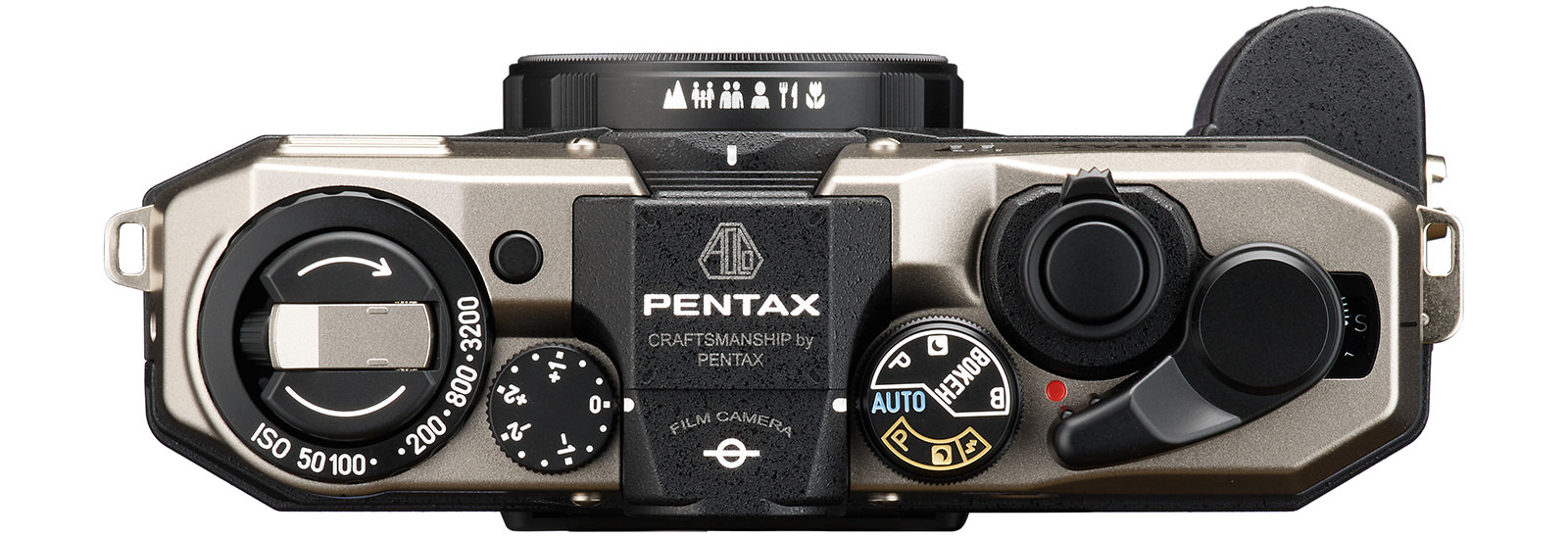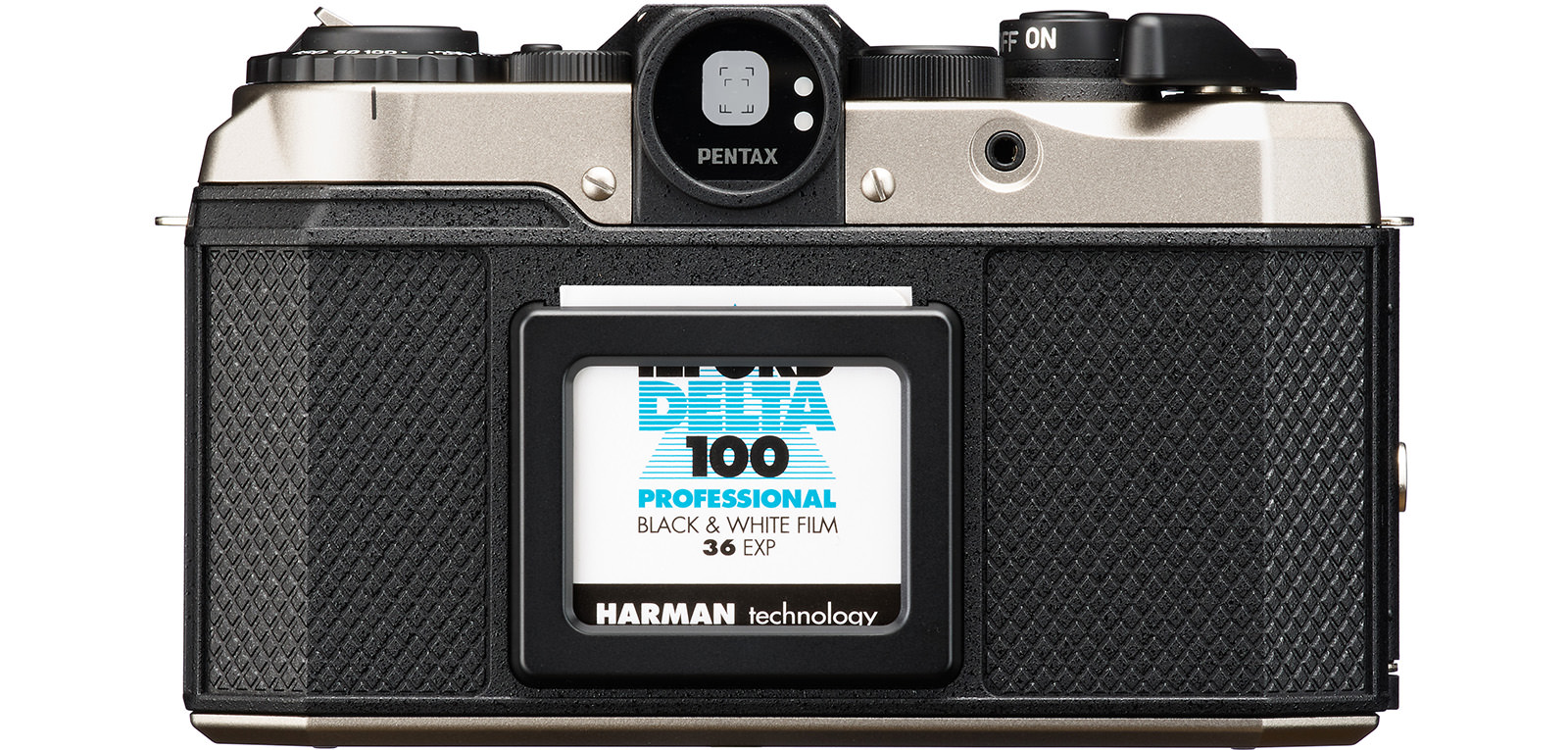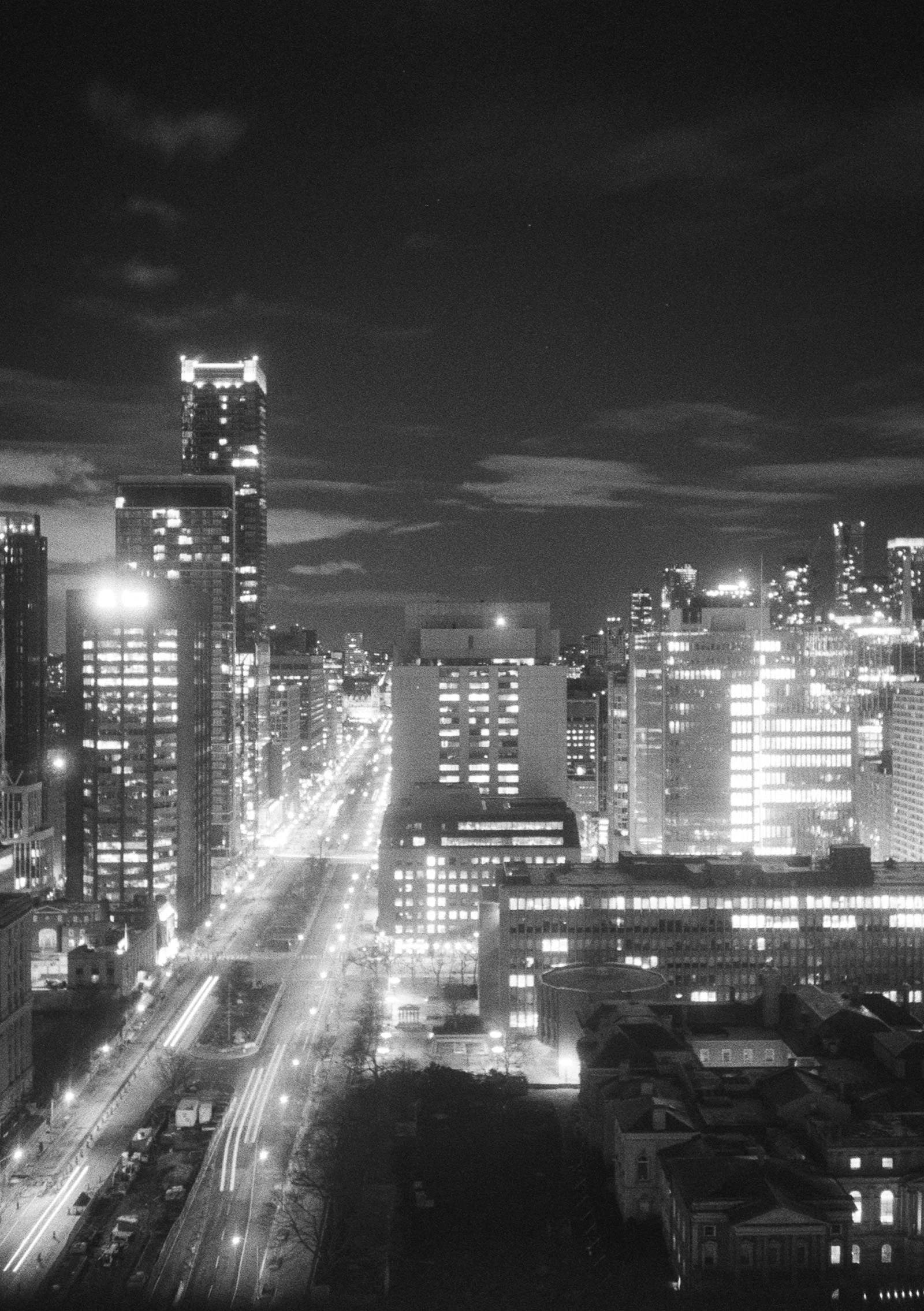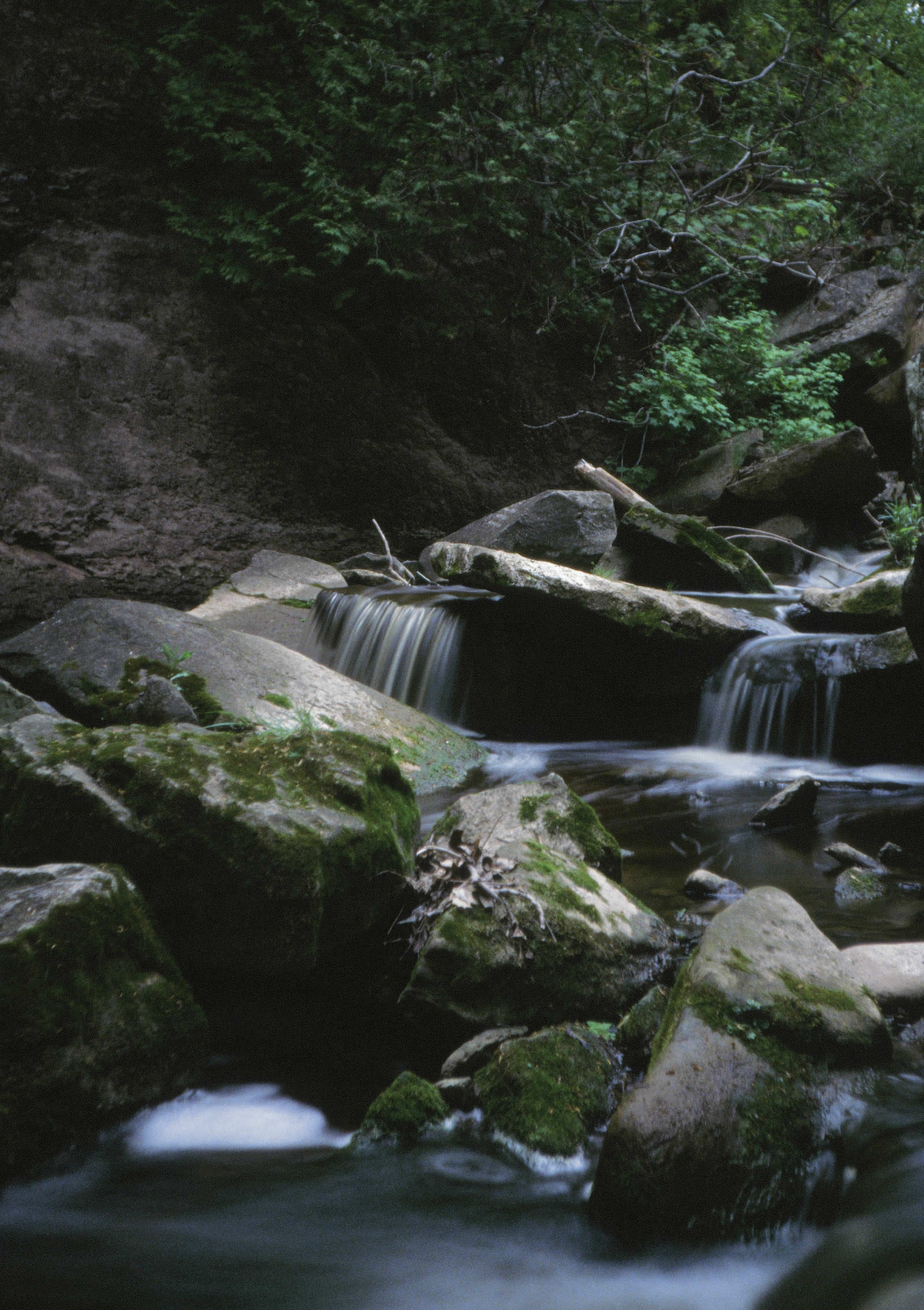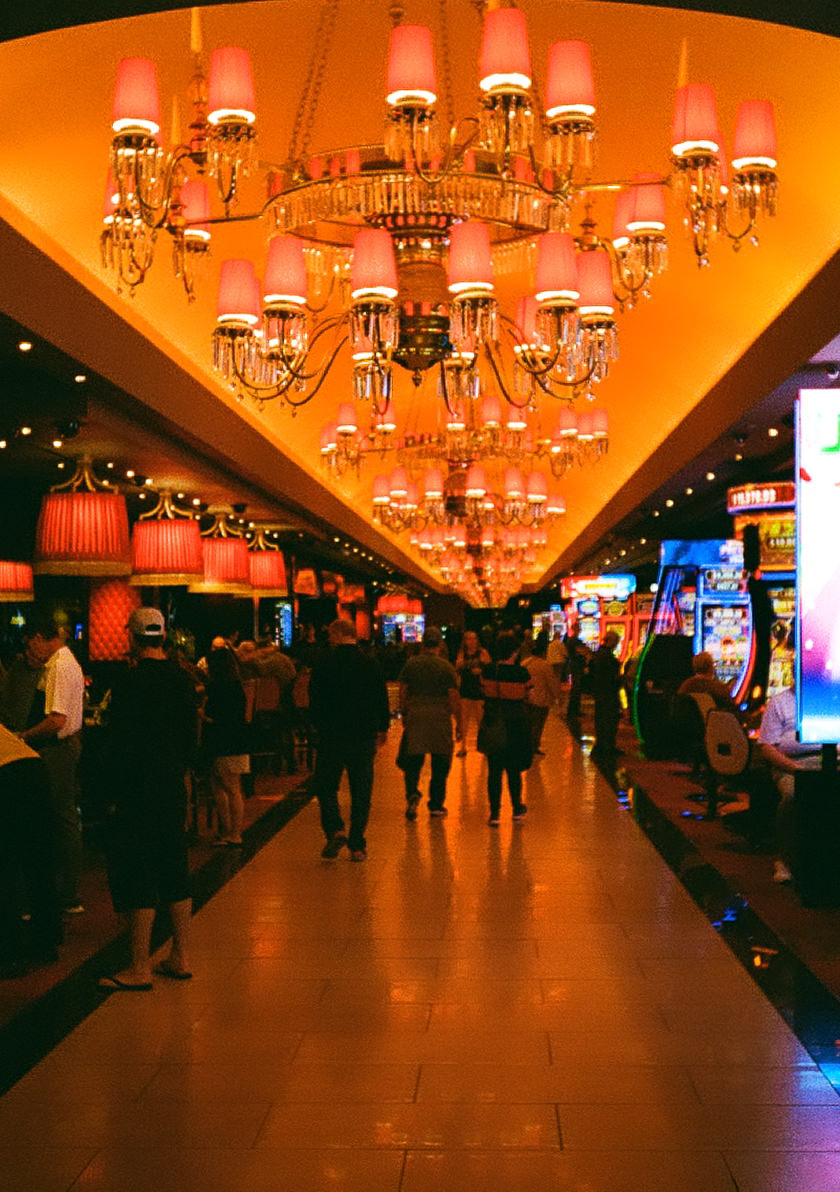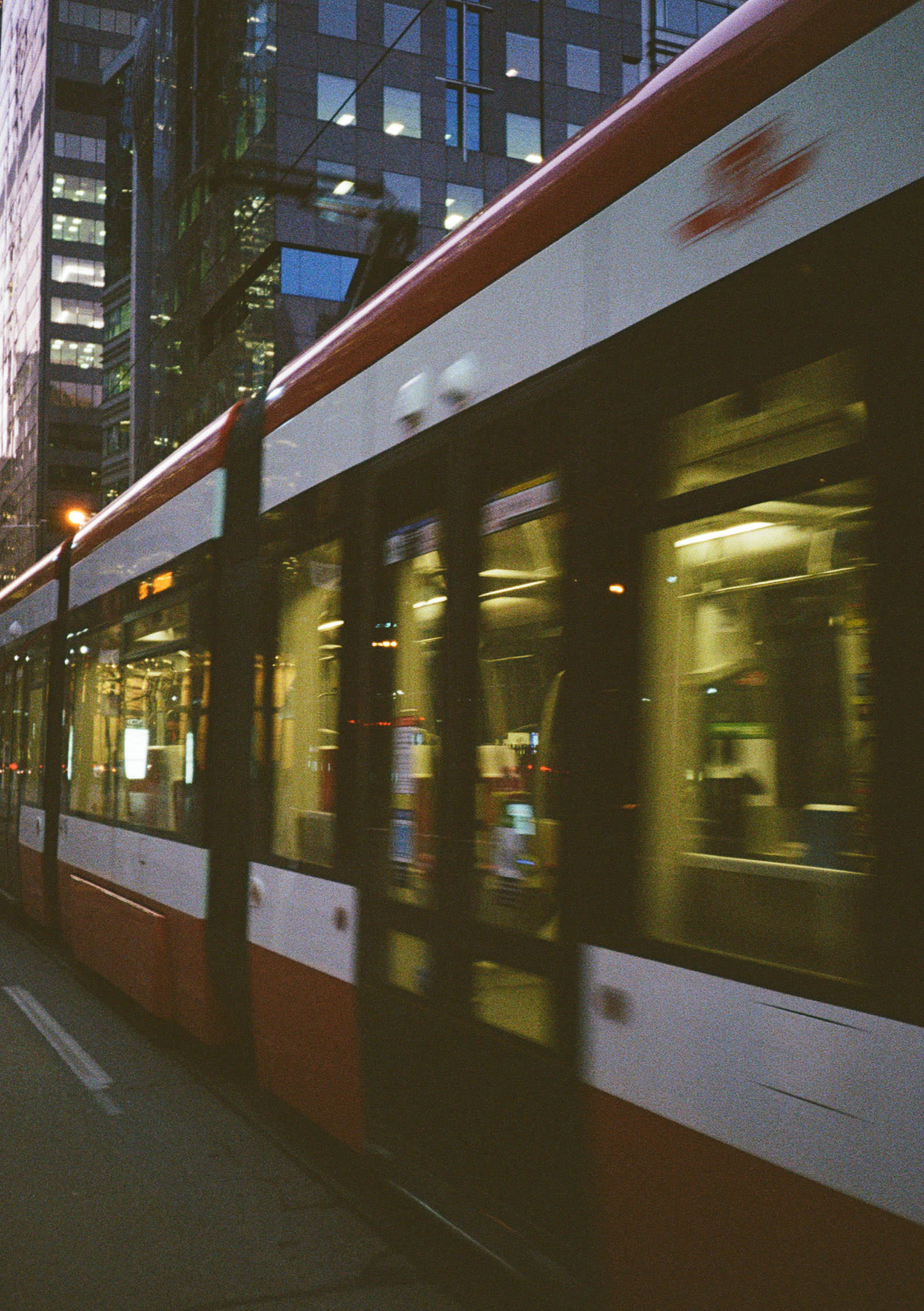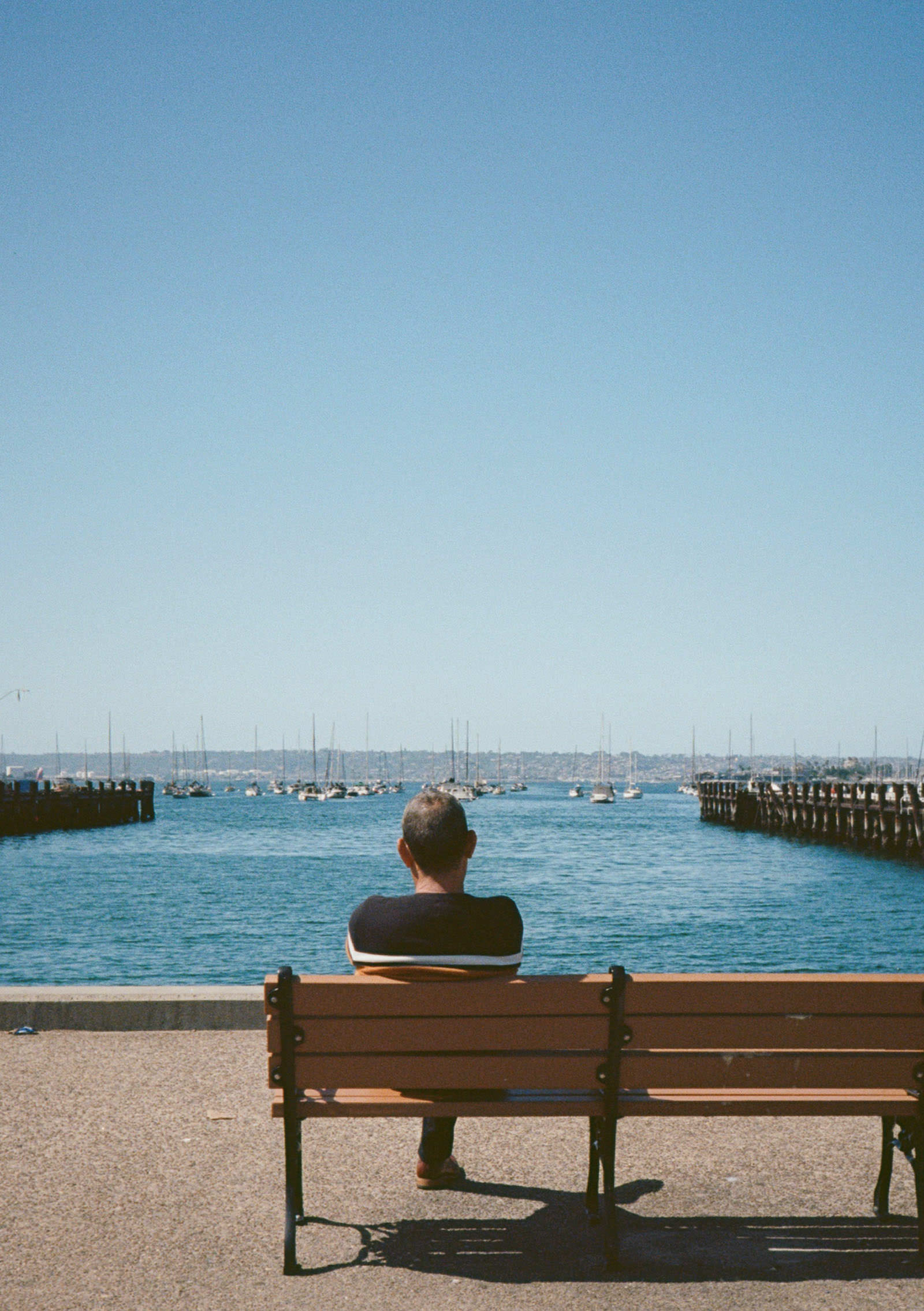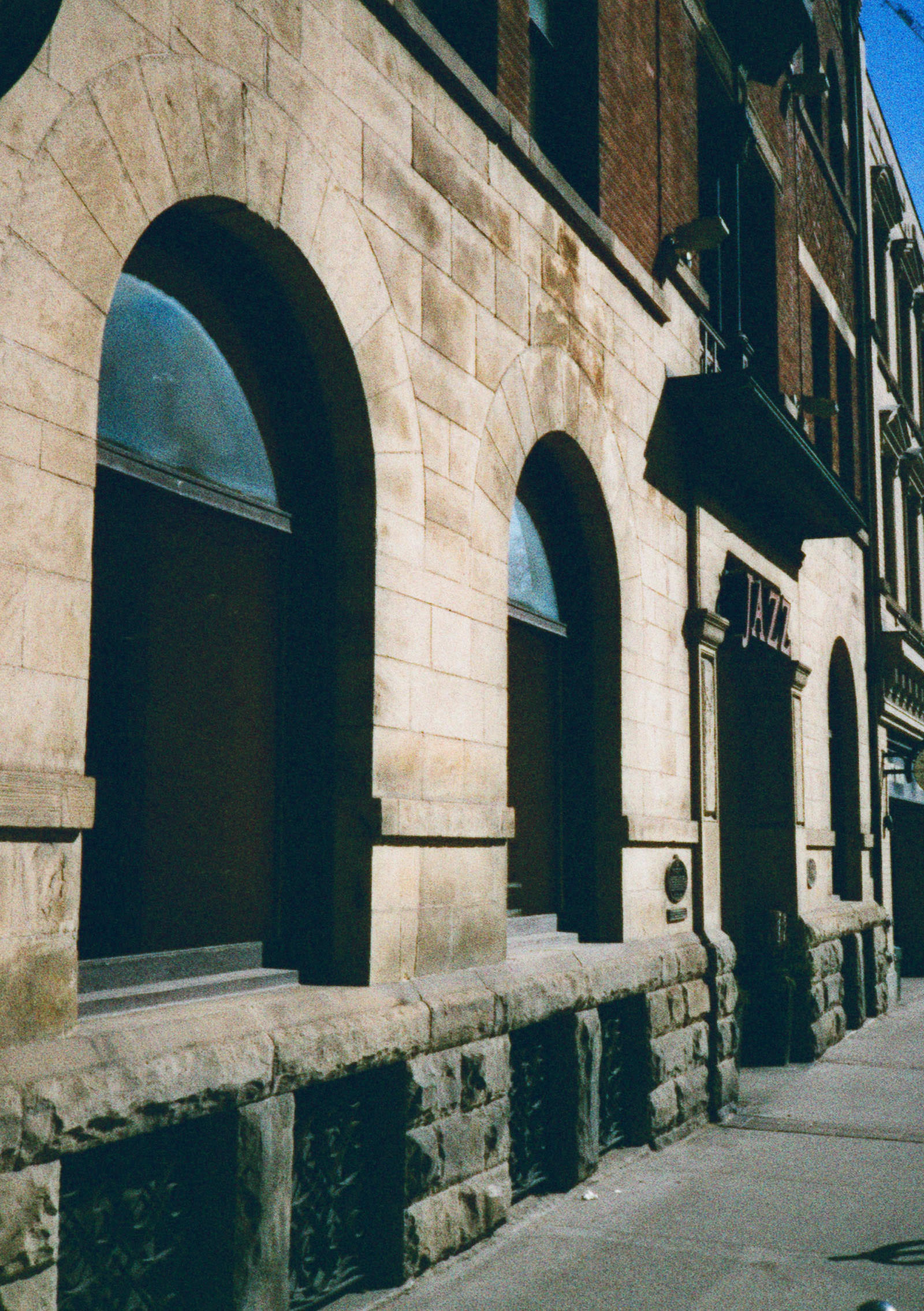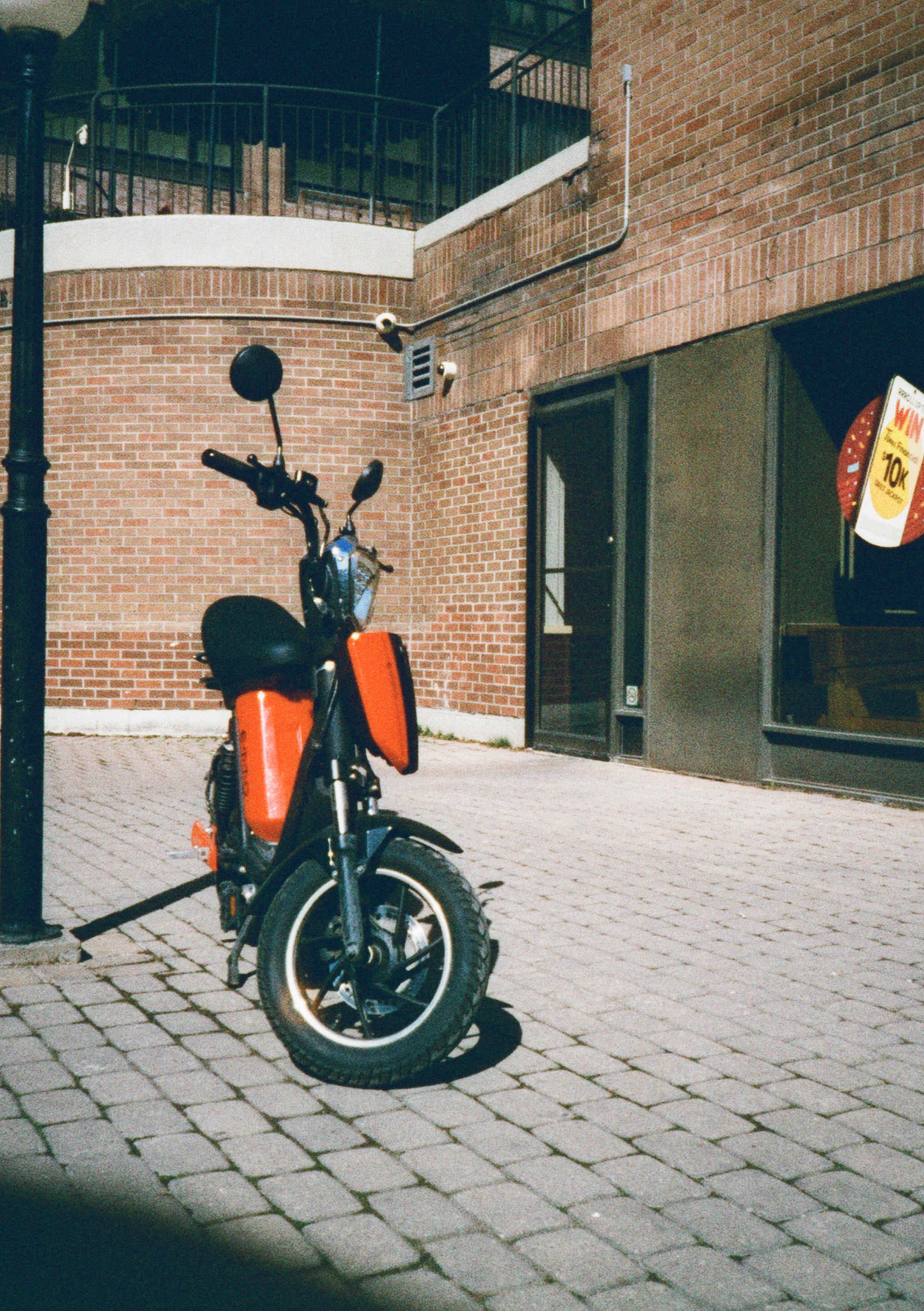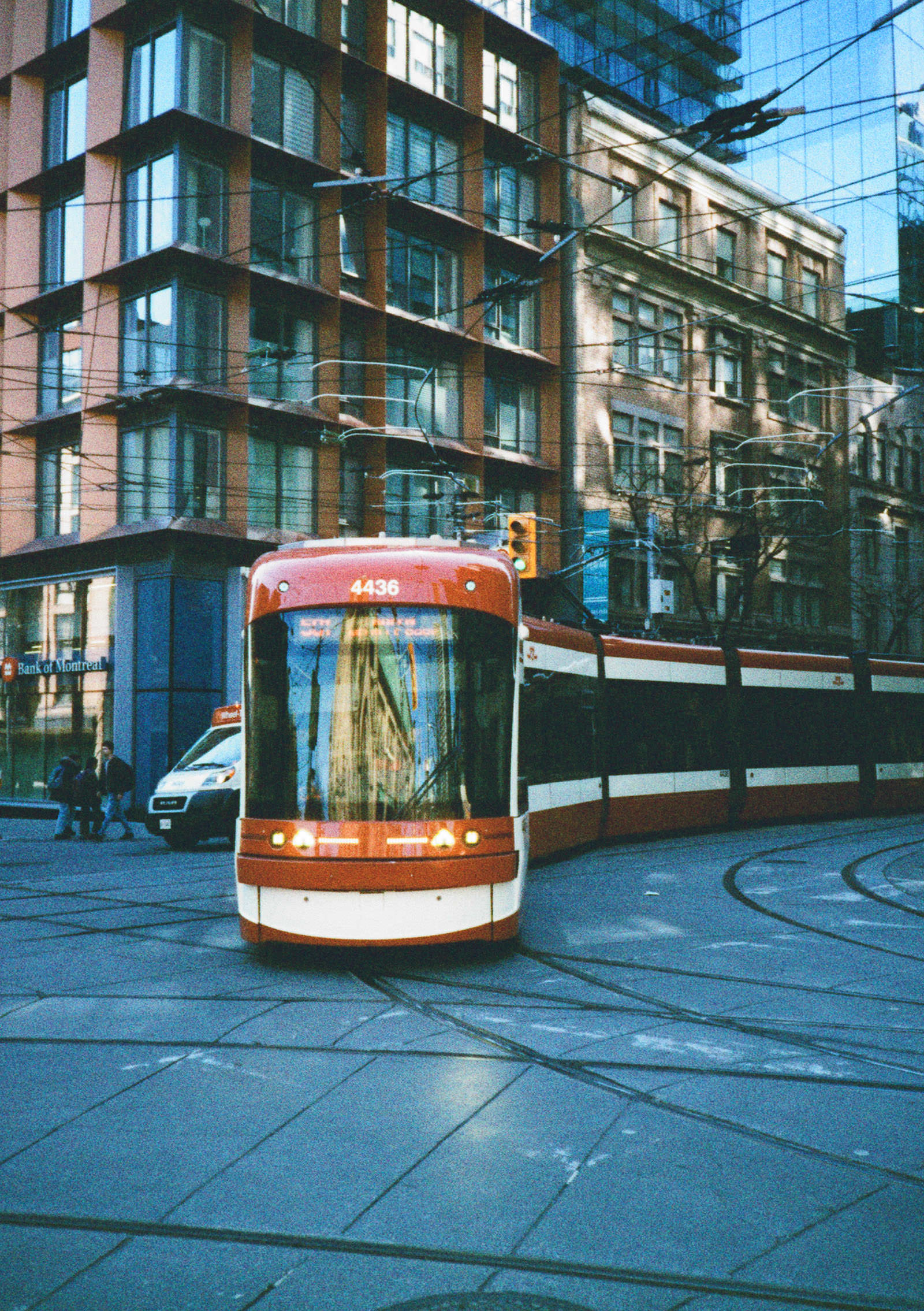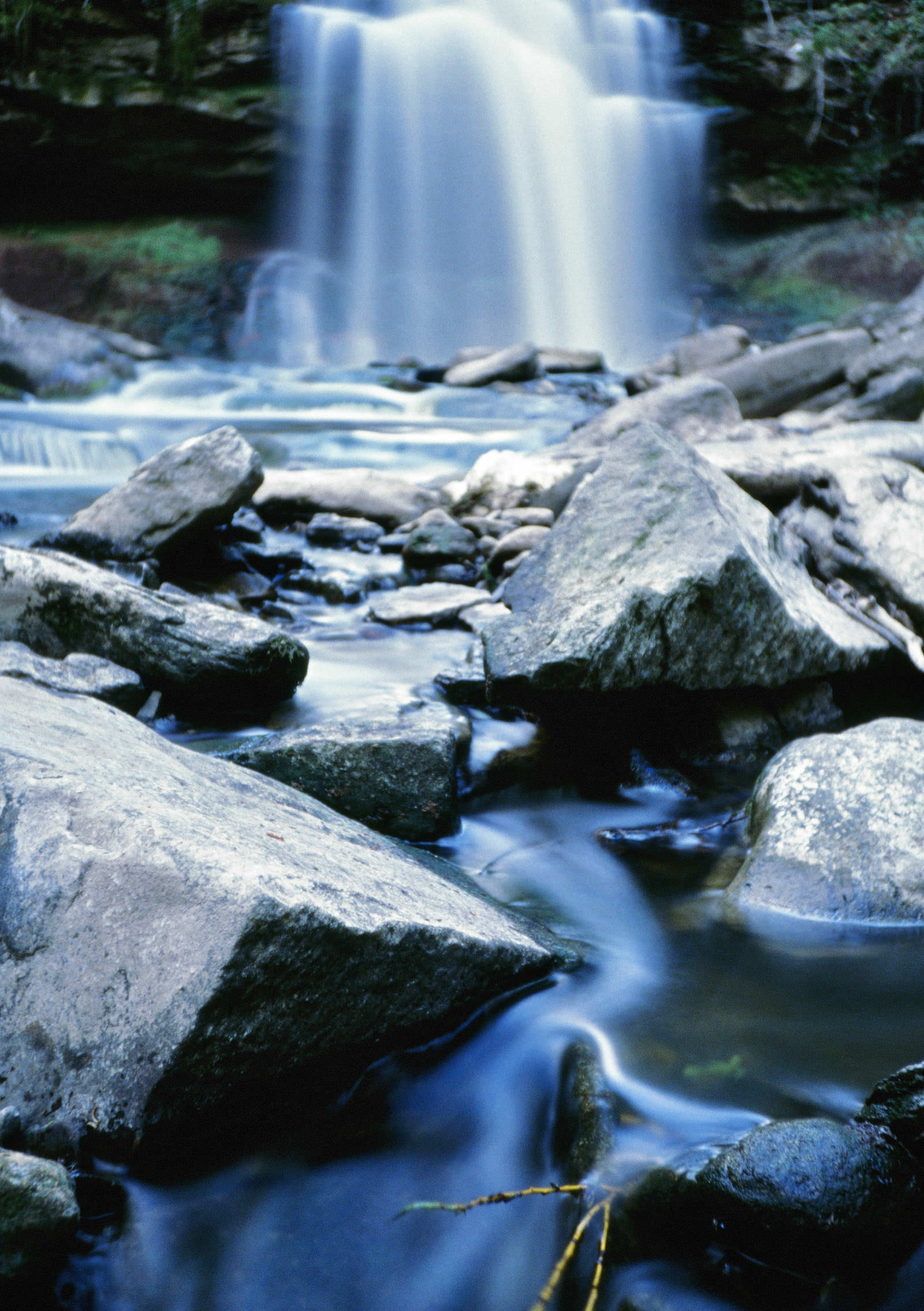Pentax Releases the Pentax 17 Half-Frame Film Camera
Pentax’s latest film camera, which has been in development since 2022, is finally available. The Pentax 17 is a half-frame, vertically oriented, fixed-lens camera that takes two 17mm x 24mm images within a single 35mm-format frame, as teased last month.
“Borne out of the Pentax Film Camera Project, a concept first announced in December of 2022, the new camera resulted from a close collaboration between Ricoh Imaging and Pentax experts and younger engineers,” the company’s website states. “The experts shared their vast knowledge and decades of experience in film and imaging technology with the current team members to design a film camera that would allow photographers to express their originality and creativity by leaving some room for manual operation, rather than making it a fully automatic camera.”
Pentax recognized the growing popularity of analog photography while also considering the rising expense of film, which is why the firm chose a half-frame design for their first new film camera. With this arrangement, photographers may receive twice as many photographs for the price of a single roll.
The Pentax 17 is significantly inspired by the company’s history, with several elements based on items from the past. The flash and shutter buttons are based on the Pentax KP, the front texturing is based on the DA WR lenses, and the film advance lever is identical to the Auto 110’s. The lens design is based on the Espio Mini (a triplet lens), the film focal plane is identical to the K-40, and the color of the Pentax 17 body comes from the LX Titan 75-year special edition. The film rewind arrows come from the Pentax Spotomatic, the film rewind assembly is new but mechanically identical to the Pentax LX, and the font for “17” is the same as on the Pentax 67.
It employs a zone-focus mechanism with six focus zones accessible via a ring around the lens. The Pentax 17 can catch subjects in focus from as near as 25 cm in the macro zone to as far away as infinite focus, depending on the selected zone. The viewfinder employs an Albada-type frame finder to aid with scene framing, close-up image composition, and visibility of the current focus zone, eliminating the need for photographers to remove the camera from their eye and glance at the lens to determine which zone they are in.
Pentax picked a newly developed 25mm f/3.5 lens, which is equivalent to a 37mm lens on the 35mm format (since the camera is half-frame). Pentax claims that it contains High Definition coatings to improve clarity and sharpness. The body includes a manual film winding mechanism, a manual film advance lever, and separate dials for exposure compensation and ISO sensitivity adjustments. It weighs 290 g (10.2 oz) without a battery or film loaded. The 40.5mm filter mounting thread allows photographers to utilize a variety of filters.
The camera relies primarily on autoexposure settings to guarantee that photographs are properly exposed. There is no complete manual mode.
“The Pentax 17 automatically adjusts exposure settings based on the lighting data collected by its metering sensor,” the manufacturer says. “In addition to the Full Auto mode, in which the camera selects all exposure settings, it has six other shooting modes, including Slow-speed sync, which is extremely useful in twilight photography, and Bulb, a slow-shutter speed mode that is useful for photographing nightscapes and fireworks. The Pentax 17 also has an independent exposure compensation slider, allowing the user to quickly adjust the exposure level to fit different sorts of subjects or express their artistic intents.”
As a mostly automatic camera, the control that a photographer has over it is unusual, especially when compared to the expectations set by modern digital cameras. Its aperture ranges from f/3.5 to f/16, with a minimum shutter time of four seconds and a maximum of 1/350 second. Despite having a leaf shutter, the flash sync speed is set to 1/125. Some settings force the camera to lock the aperture at f/3.5, while bulb mode allows photographers to manually select the shutter speed (with the aperture locked), although the camera usually makes decisions depending on how far away a subject is and the light meter readings. The advantage is that it is tough to make a mistake with an exposure, but it is also difficult to give the camera precise instructions.
The Pentax 17 also includes a built-in flash that can be programmed to activate automatically when needed, on command, or never fire, depending on the photographer’s requirements.
Below are a series of sample images taken with the Pentax 17, offered courtesy of Pentax:
The Pentax 17 will be available in late June and cost $499.95.

